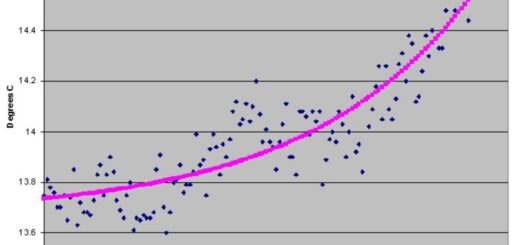Statistical Measures of Text Similarity
Statistical Measures of Text Similarity, It will come as no surprise when I say that text data has become abundant with the continued advancement of the technology necessary to facilitate its creation and distribution.
With so much text, it’s no wonder that many try to utilize the data to improve how we are working.
One of the critical methodologies to understand when implementing text data is text similarity.
Statistical Measures of Text Similarity
Text similarity has many essential use cases, such as improving search engine accuracy, detecting plagiarism, or clustering documents.
The ability to measure text similarity has become essential to understanding the relationship between text content.
In this article, we will learn several statistical measurements for text similarity. Let’s get into it!
Text Similarity Measurement
When we speak of text similarity, we are referring to the measurement of the quantified resemblance degree between two texts.
Commonly, there are two types:
- Lexical Similarity: Involves comparing texts based on surface-level features such as word matching or n-grams overlap.
- Semantic Similarity: Focuses more on the meaning behind the text, even with different words in the texts.
Using statistical methods, we can quantify the text similarity and provide insight into the text relationship.
Let’s start exploring each statistical measurement.
Jaccard Similarity
Jaccard similarity measures the proportion of the shared elements between two texts compared to the total unique words in both texts. The formula is:
J(A,B)=∣A∩B∣∣A∪B∣
Where ( A ∩ B ) is the number of shared or exact words between two texts, while ( A ∪ B ) is the total unique words in both texts.
The Jaccard similarity measurement works best when the presence of words is much more important than the frequency.
Euclidean Distance
The Euclidean distance measures the distance between two points (vectors) as a straight line.
A smaller measurement or distance means the two texts are more similar.
Transforming text into a numerical vector can be done via methods such as TF-IDF if we want to focus on frequency or embeddings if the semantic relationship is essential.
The measurement is intuitive and suitable for text clustering methodology, although it doesn’t normalize any text length information, so it can be biased.
Cosine Similarity
Cosine similarity is a statistical method for computing the cosine angle between two vectors. It works by transforming the text data into numerical vectors and quantifying the orientation.
The formula is:
cos(A,B)=A⋅B/∥A∥∥B∥
Where ( Ai ) and ( Bi ) are the components of the text vectors.
It’s a suitable method for high-dimensional text data and is robust to text length differences.
Levenshtein Distance
Levenshtein distance is a measurement of text similarity that calculates the transformation number of operations required to transform one string into another.
For example, the text “kitten” and “sitting” would result in a Levenshtein distance of three:
k>se>i- Adding the
g
It’s a suitable method if we want to capture short text or exact matches, but it ignores any semantic meanings. An application that this method would be well suited to would be a spell checker.
And that’s the basics of statistical text similarity measurements.
Similarity Measure Between Two Populations-Brunner Munzel Test » FINNSTATS




